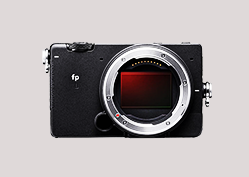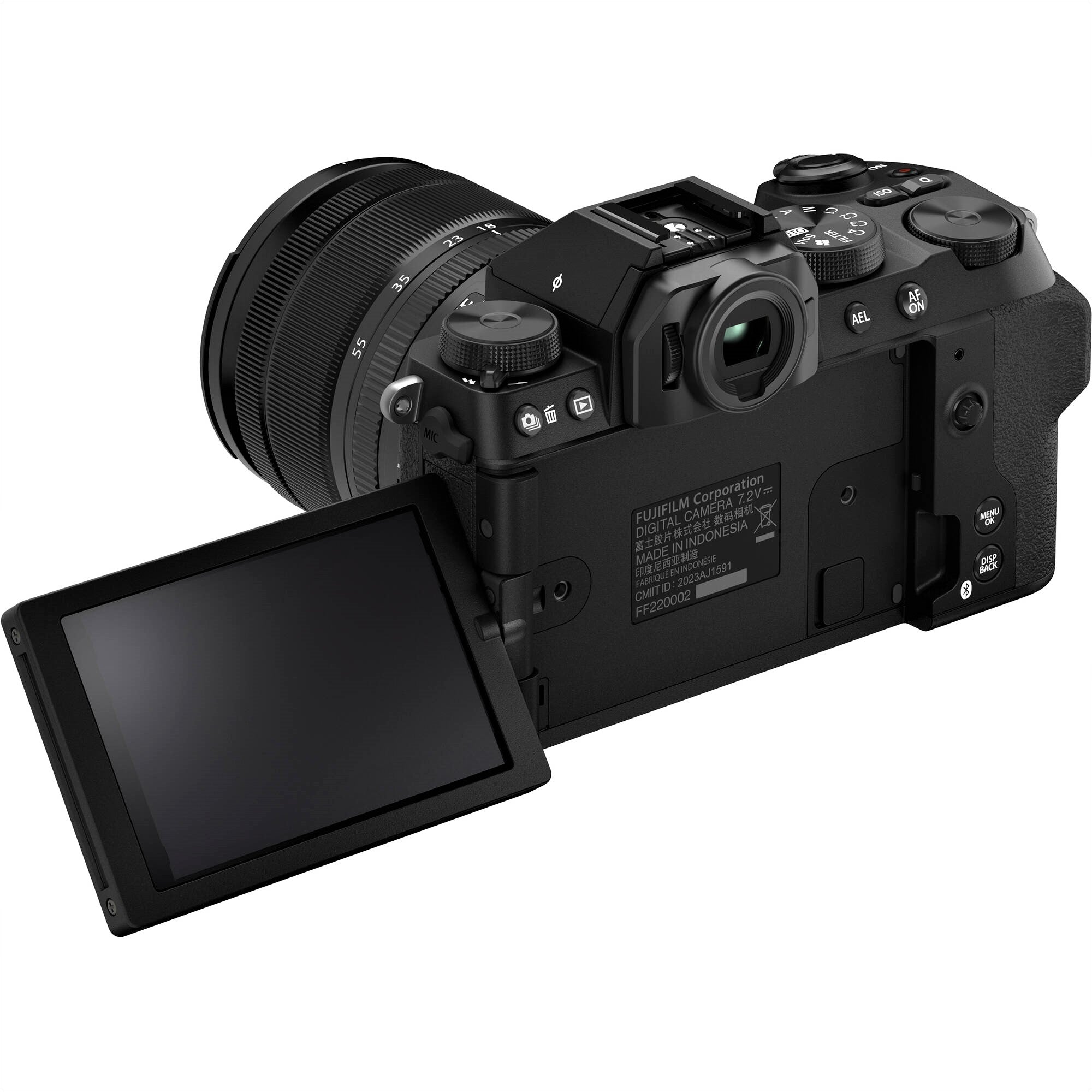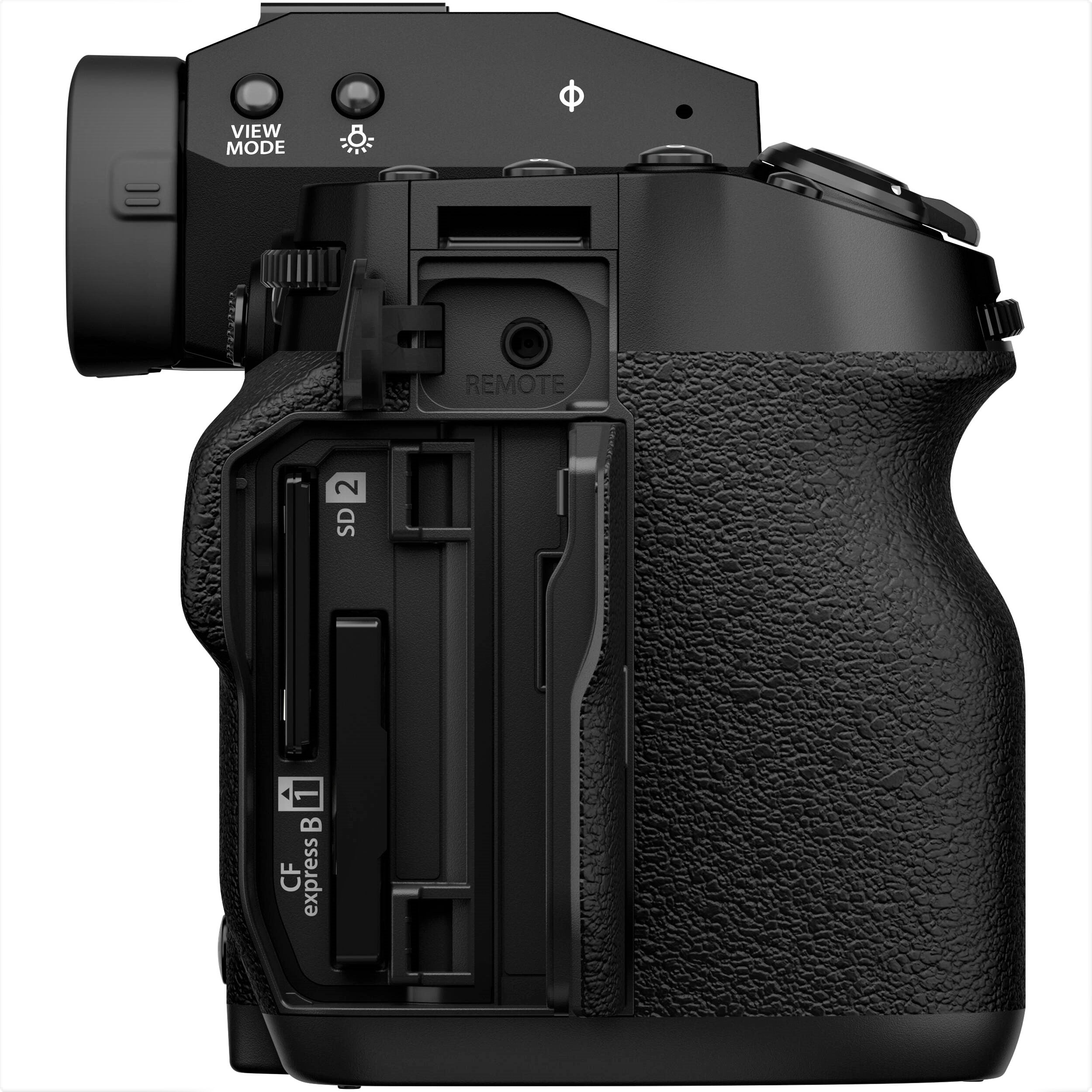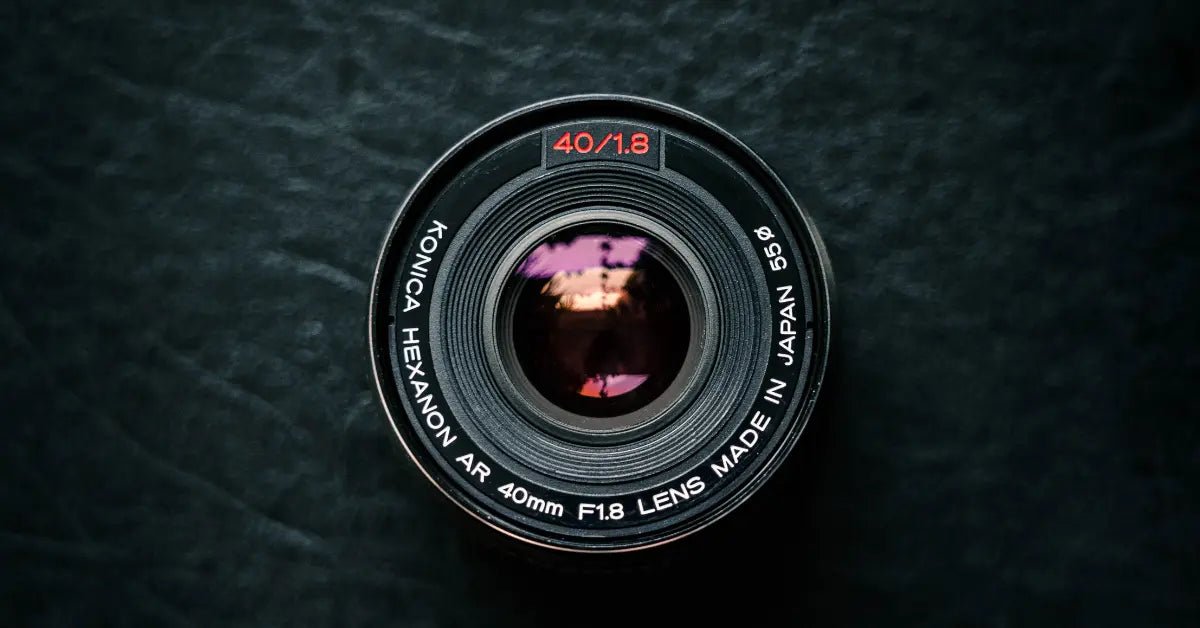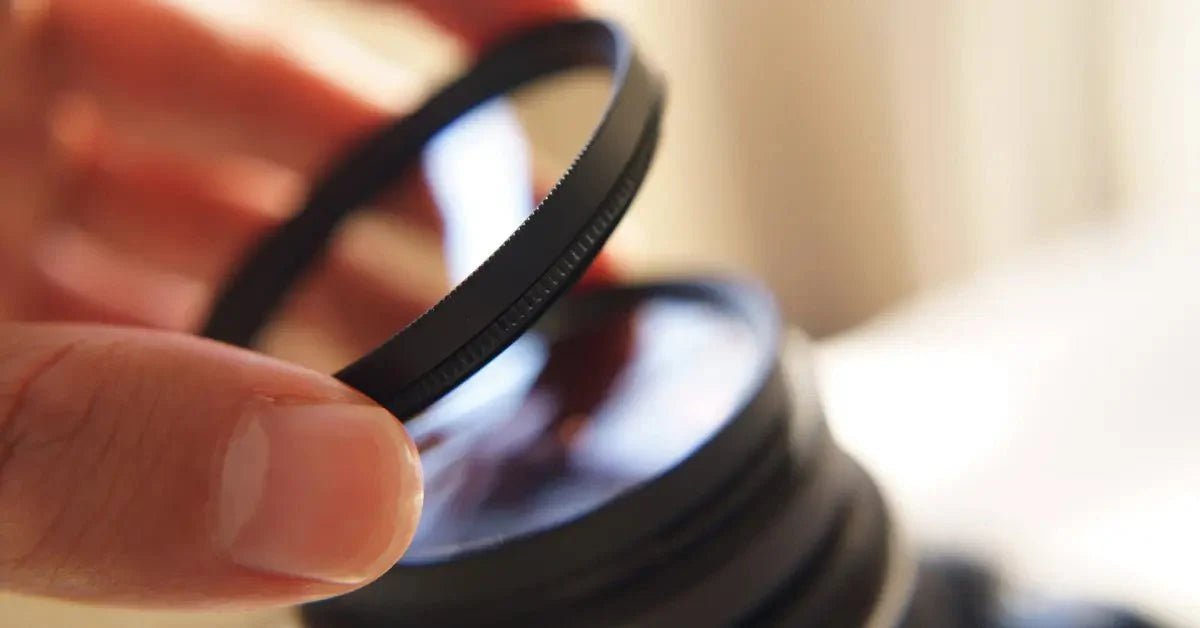You're up early. There’s a chill in the air. The sky’s just beginning to glow. You're out on a hilltop, still and quiet, waiting. You raise your binoculars—hoping to spot wings fluttering or a deer slipping through the fog.
But it’s a blur. Nothing sharp. Just shapes, shadows, and disappointment.
This is where good binoculars change everything. They pull scenes into focus. They turn a moment from forgettable to unforgettable. You don’t miss the flash of feathers. You see every line, every movement. Whether it’s a calm forest, a wild game, or a mountain view from your window—clarity matters.
Let’s clear things up. Really clear them up.
There are so many models. So many specs. You hear words like magnification, objective lens size, field of view, prisms. It’s easy to tune out. To buy the wrong pair. To waste your money.
But if you know what to look for, it gets simpler. You choose the right tool. One that fits what you love to do.
Maybe you’re into birds—watching them migrate, follow patterns, notice the smallest things. Or you’re always outdoors, hiking trails, scanning tree lines. Or maybe you're in the stadium stands, wanting to see the play like you’re on the field. Or you travel a lot and want the view to come alive.
Whoever you are, you need the right pair. I’ve tested dozens. I’ve used them in rain, fog, dust, and sunshine. I’ve learned what matters.
We’ll look at what makes binoculars great—how they feel in your hands, how clear the lenses are, how the coating changes what you see, how it all works together.
And no, the best binoculars aren’t always the most expensive ones. They’re the ones that work for you. That don’t fight back. That feel right. Every time.
So let’s break it down. Let’s make sure the next time you raise those binoculars, you see something you’ll never forget.
How Do Binoculars Work: Understanding the Basics

Binoculars are like two little telescopes, side by side. They work together to help you see faraway things up close. That’s their whole job—make distant stuff look near and clear. People use them for birdwatching, looking at the stars, or just checking out a view.
You’ll often see numbers like 10x50 on a pair. What’s that about?
The first part—“10x”—means magnification. Basically, things look ten times closer. If a bird is 500 meters away, it’ll seem like it’s only 50 meters from you. That’s pretty close. It’s a good zoom level. Not too much, not too little. Strong enough to see details, but still steady in your hands. You won’t feel like the image is jumping around too much.
The second number—“50”—is about the lenses. The big ones in front. That “50” means the lenses are 50 millimeters across. Bigger lenses grab more light. More light means brighter images. This really helps when it’s dim outside. Think early morning. Late evening. Cloudy days. That extra light makes a difference.
So why care? Because clearer images come from more light. If you're using your binoculars in different places—dark woods, low-light hours, foggy spots—you’ll want lenses that can handle it. Bigger lenses do better.
To sum it up, 10x50 binoculars are a solid pick. Good zoom. Bright views. Easy to use. They work well for all kinds of people—whether you're just curious or really into the details.
Choosing the Right Magnification and Lens Size

Alright, let's dive into the nuts and bolts of picking the perfect binoculars—specifically, how to nail the right magnification and lens size for your needs. It's not just about numbers; it’s about matching those specs to what you love doing.
Here’s a breakdown that’ll help you get it just right:
- For Everyday Adventures: If you’re looking for a versatile pair that’s great for casual birdwatching, scenic hikes, or even some light sports viewing, aim for something in the 8x to 10x magnification range. This level of magnification offers a solid zoom to see details without sacrificing too much of your field of view. It’s like having a good zoom lens that still lets you catch all the action without moving your head too much.
- For the Sports and Wildlife Enthusiasts: When you're aiming to see the finer details of that deer across the meadow or a wide receiver making a spectacular catch, 10x magnification is your friend. It pulls distant scenes close enough to revel in the details. Just a heads-up, though—higher magnification can literally shake things up a bit. It makes your binoculars more sensitive to hand movements. So, if you go high, consider a tripod or stabilizer for the best experience, especially if you're spending long hours watching.
- For the Stargazers and Night Sky Watchers: If your binoculars are your ticket to the night sky, think big—literally. Opt for larger lenses; 50mm or more is a good start. These big guys are better at scooping up light, which is a game-changer in low-light conditions like stargazing. Combine this with magnifications starting from 10x, and you’re all set to explore the moon’s craters or Saturn’s rings. Just remember, with great power (and size) comes the need for a bit more muscle or a handy tripod to keep things steady as you gaze upward.
Choosing the right pair of binoculars really enhances your viewing pleasure, whether you’re tracking a hawk or lining up the stars. Go ahead and match these specs to your passion and see the clear difference the right choice makes!
Consider the Field of View

Field of view, or FOV, is all about how wide a space you can see through your binoculars without moving them around. Imagine looking at a big, open stage—what you see from left to right, edge to edge, that’s your FOV. It’s kind of like switching on the panorama mode on your phone. The wider it goes, the more you catch in a single shot.
FOV is measured in two common ways: degrees or feet at 1,000 yards. Degrees sound a bit scientific. You'll see them in product specs. But the feet version? That’s easier to picture. Let’s say your binoculars have a 7.5° field of view—that means you’re seeing about 393 feet across when looking a thousand yards out. That’s like four football fields stretched out in front of you. Pretty wide, right?
So why does this even matter? Because a wide view changes everything. It’s the difference between struggling to keep up and soaking it all in. Picture a hawk diving fast. A player rushing down the court. A deer slipping through the trees. If your view is narrow, you’re chasing the subject with your lens. If it’s wide, you’re in the action. No need to fumble or shift. You just follow, naturally.
For bird watchers, hunters, sports fans—anyone who wants to track movement or scan big spaces—a wide field of view is gold. It keeps you aware. It keeps you ready. You won’t be losing sight of things or constantly readjusting. It just works, smoothly, quietly, effectively.
Bottom line? If you care about fast movement, wide areas, or catching things in the moment, don’t settle for a narrow view. Get binoculars with a wide FOV. It’s not a fancy upgrade—it’s a better way to see.
Prism Type: Roof vs. Porro

When it comes to the inner workings of binoculars, it’s all about the prisms—they're the unsung heroes that flip your view right side up and crystal clear. There are two main types you’ll encounter: Roof Prism and Porro Prism, each with its own perks depending on what you’re planning to do.
- Roof Prism Binoculars: Picture this: sleek, streamlined barrels that line up straight with the eyepieces. These guys are the modern choice for anyone on the go. Thanks to their compact and lightweight design, they’re a no-brainer for hiking, birdwatching on lengthy trails, or slipping into your travel bag for a vacation. They might be a bit pricier, but their ease of use and the space they save are worth every penny.
- Porro Prism Binoculars: Now, these are a bit of a throwback, kind of like the classic car of binoculars. They’re usually chunkier and have that iconic zigzag shape. Why choose these? Well, they’re champs at giving you a richer depth of field and a wider view—making them great for catching every detail at a sports game or a bird in flight. Plus, they often come with a friendlier price tag, making them a fantastic option if you want great quality without splurging too much.
Each type has its charm, so it really comes down to what you need from your binoculars. Are you looking for something sleek to take on rugged adventures, or are you after the broad vistas and great value of classic engineering?
Assessing Eye Relief

Eye relief is how far your eye should be from the binoculars to see everything clearly. No black edges, no cut-off views. It matters a lot—especially if you wear glasses.
Why? Glasses push your eyes farther from the eyepiece. If the eye relief is too short, you’ll miss part of the image. The edges get blurry or vanish completely. That’s annoying. And frustrating. You shouldn’t have to squint or shift your glasses to enjoy the view.
That’s why binoculars with longer eye relief are better—15mm or more is the sweet spot. With that extra space, you keep your glasses on. No hassle. No adjusting. Just a full, clear picture every time.
But it’s not only about glasses. Even without them, eye relief matters. A lot. Planning to birdwatch for hours? Spot wildlife on safari? Watch a long game or race? Without the right eye relief, your eyes get tired. Strained. You start to blink more. Rub your temples. The fun starts to fade.
Little details like this—eye relief—seem small. But they make a big difference. Comfort. Clarity. Endurance. Check that number. Aim for 15mm or higher. Your eyes will thank you. Every time.
Durability and Waterproofing

When you're gearing up for the great outdoors, the toughness of your binoculars is key. You want them to handle anything nature throws their way. Waterproof and fog-proof features are a must-have because, let's face it, the weather can be unpredictable. Whether it's an unexpected downpour or early morning mist, these features keep your vision clear and unaffected.
But it's not just about weatherproofing. The build of the binoculars also matters. A sturdy chassis means your binoculars can take a few knocks and still work perfectly. Think of it as the bodyguard for the delicate optics inside.
And here’s a pro tip: look for binoculars with rubber armoring. This isn’t just about making them tougher—it actually makes them easier to hold onto. Whether it's raining or you're sweating on a hot day, rubber armoring gives you that extra grip you need so your binoculars won’t slip out of your hands. It’s all about making sure that your outdoor viewing experience is as smooth and hassle-free as possible.
Check out Nuzira's top-notch binoculars! Whether you're into bird watching, stargazing, or just love the outdoors, we've got the perfect pair for you.
From compact, hiking-friendly models to advanced options for serious wildlife watchers, see the world in stunning detail with Nuzira. Explore our collection today!
Conclusion
Choosing the right binoculars is about understanding how different features impact your viewing experience. Whether you’re watching a distant bird or catching your favorite player in action, the right pair can enhance every look.
Remember, the best binoculars balance optical quality, user comfort, and durability to suit their specific application.
We invite you to visit Nuzira to explore our top picks for binoculars that bring the world closer to your eyes. Discover detailed reviews, expert advice, and the best deals that are made just for your viewing pleasures.
Don’t just see; observe and explore with the perfect companion at your side.

